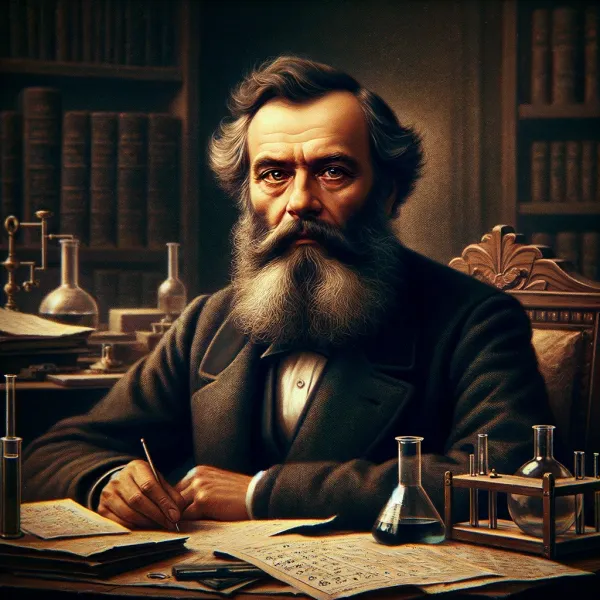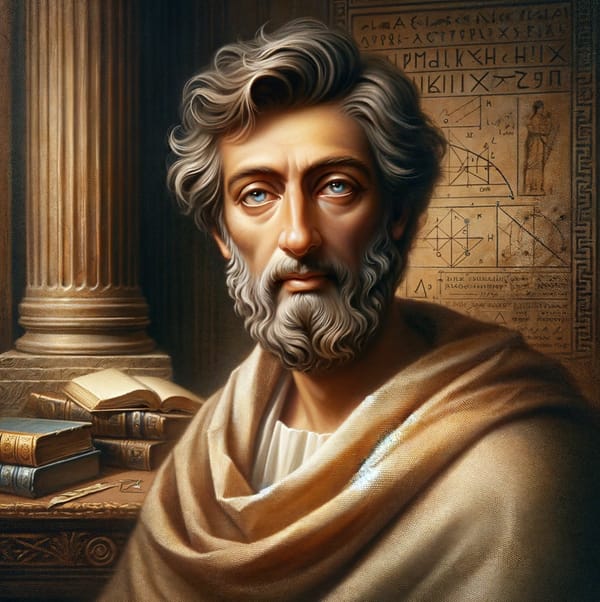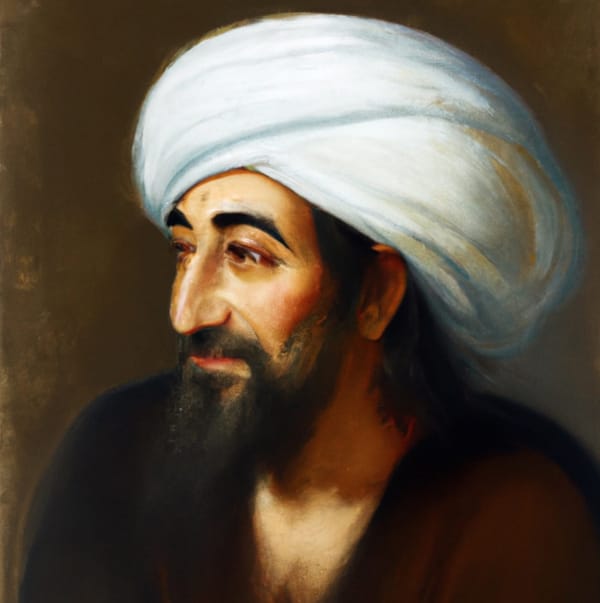Galileo, and the phases of Venus and the moon.
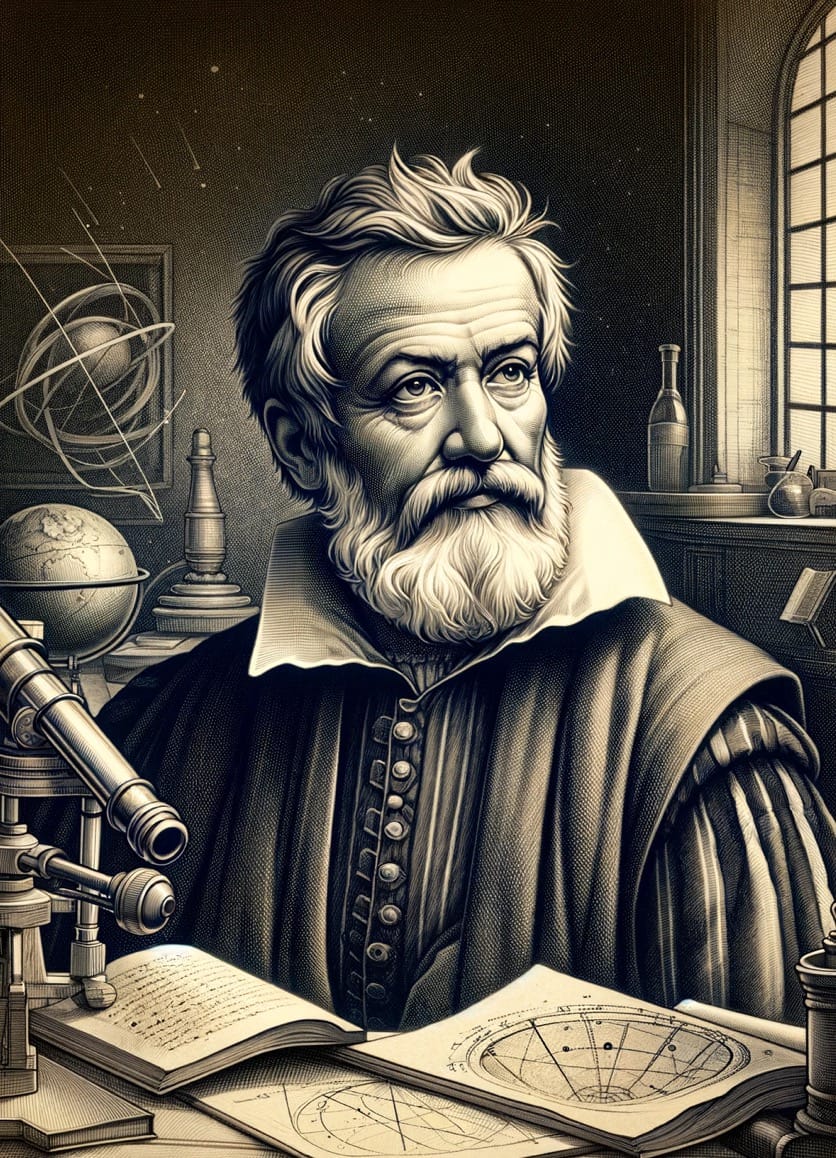
People often depict the moon as a perfect bright circle in the night sky, but of course, it's not always like that. Sometimes you see just a crescent of the moon, and other times it's half a circle. It might not seem like much, but a famous astronomer named Galileo Galilei used this very observation to disprove that the Earth was at the center of the Universe and everything else rotated around it - an idea that held true for over a thousand years. Galileo realized planets seem to rotate around the Sun, instead of the Earth, when he first observed the phases of the planet Venus.

The phases of Venus that Galileo saw are quite similar to the phases of the moon that we see over the course of a month. In fact, take any spherical object and move it around a light source and you can see the various phases as you turn the object a full 360 degrees. Try it out.
You will need:
- A white thermocol (polystyrene) ball, roughly the size of a tennis ball.
- A pencil
- A lamp with its shade removed.
- A dark room.
We're going to pretend the lamp is the sun, the thermocol ball is the moon...and our head is the Earth. Stab the pencil into the thermocol ball so you can hold it up easily.
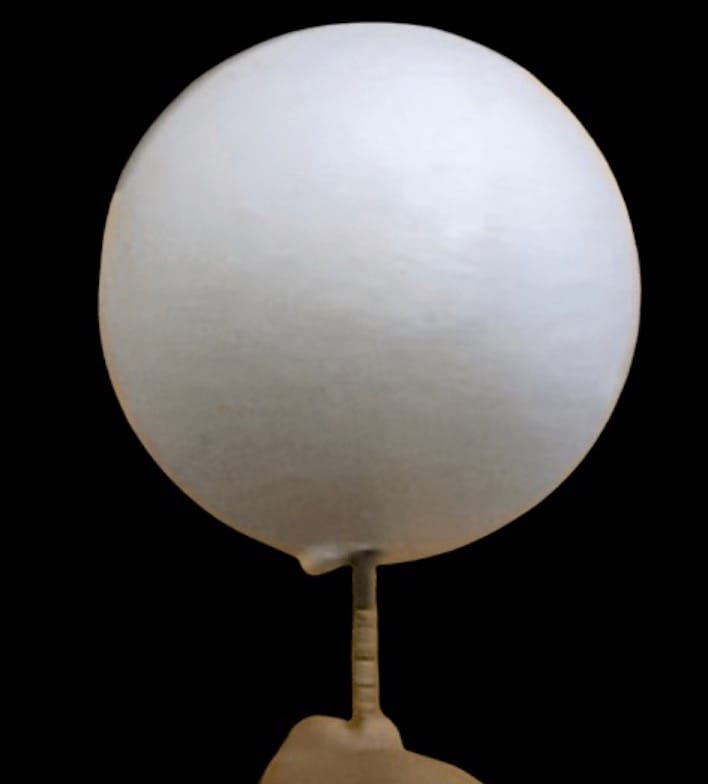
Now stretch and raise your hands. Move it around till you see a “crescent moon.”
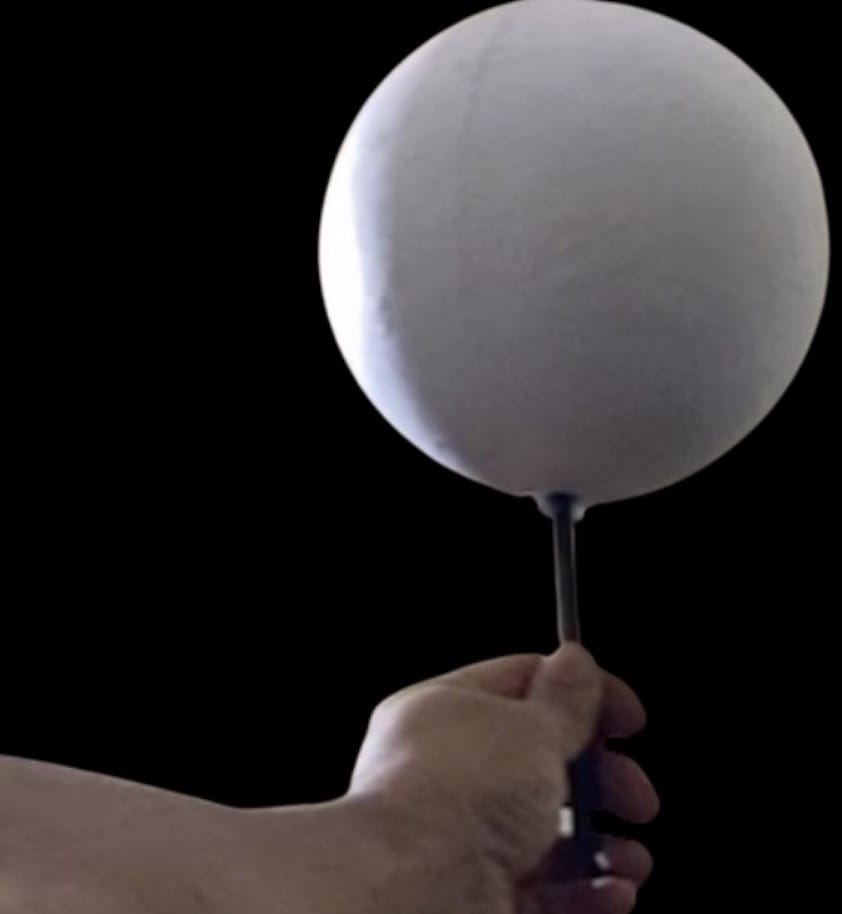
Begin rotating anticlockwise, always keeping the same side of the ball towards you. Your head is the Earth, and it’s watching the moon.
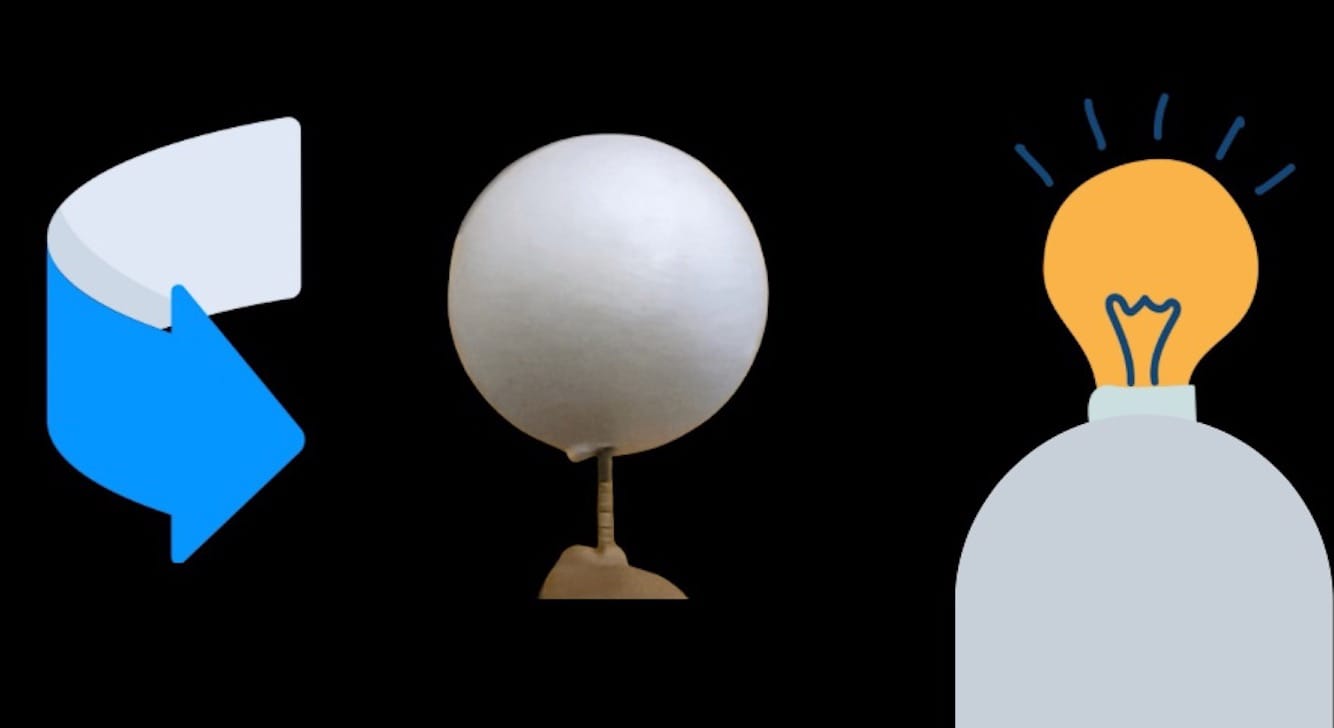
Hold the moon up and turn anti-clockwise and you should see the phases of the moon.
Here are some facts about the journey of the moon around the Earth:
- It is a common misconception that the moon changes its face because of the shadow of the Earth. The Earth's shadow has no role to play in the phases of the moon.
- The moon orbits the Earth once every 27 days. It also spins on its axis once every 27 days. That's why it *always* keeps the same side towards us.
- Even though it takes the moon 27 days to orbit the Earth, it takes 29.5 days to go from new moon to new moon. This is because both Earth and Moon are also moving in space (around the Sun) and it takes a couple of extra days for sunlight to hit the moon in the same way it did on day zero. Therefore we have a "moonth" - a cycle of approximately 30 days.
The science behind it
The moon's phases are because of its orbit around the Earth.
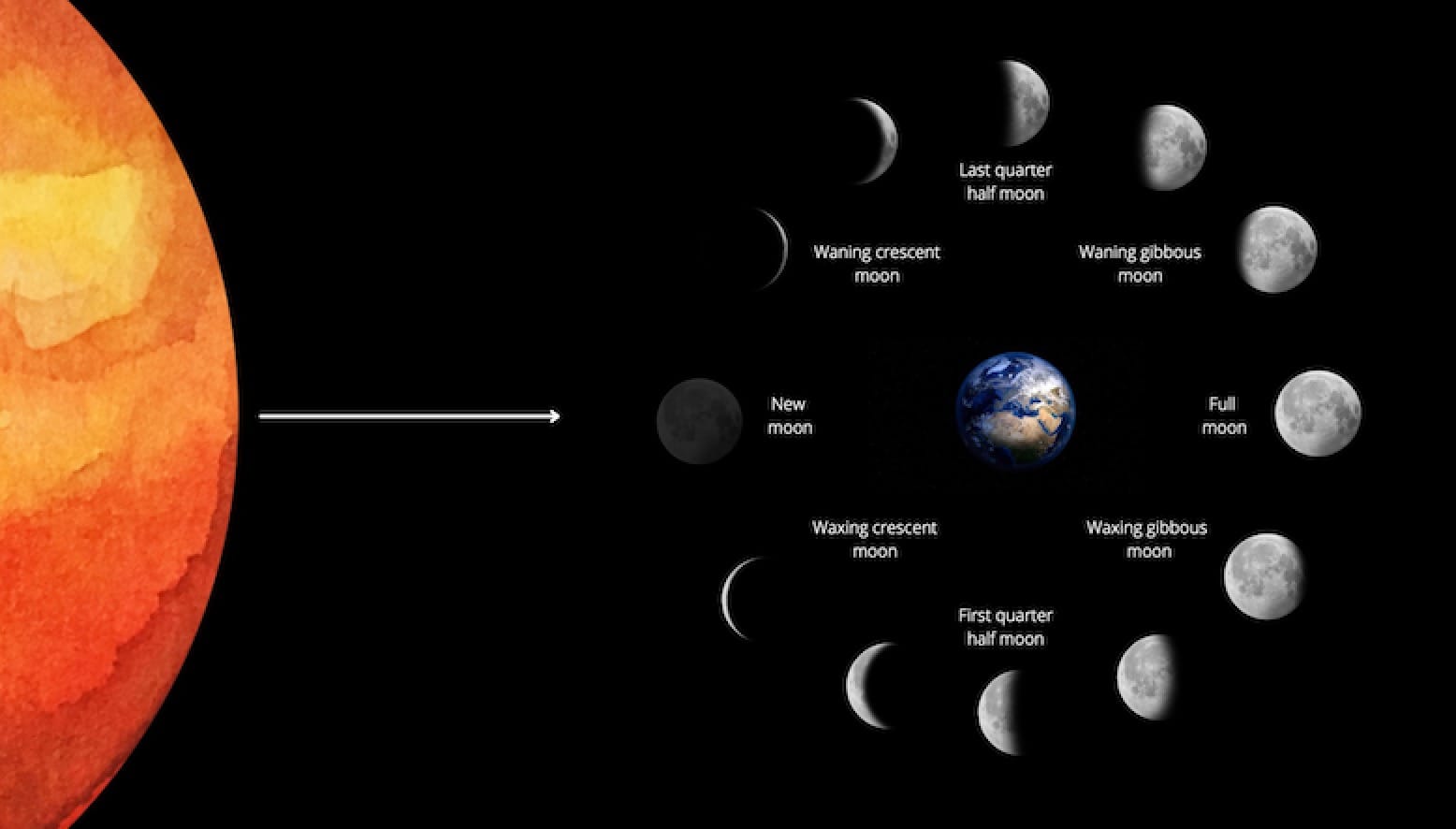
New moon
In this position, the moon is directly between the Sun and the Earth, with its lit up face being the far side. We see the dark side. Degrees: 0.
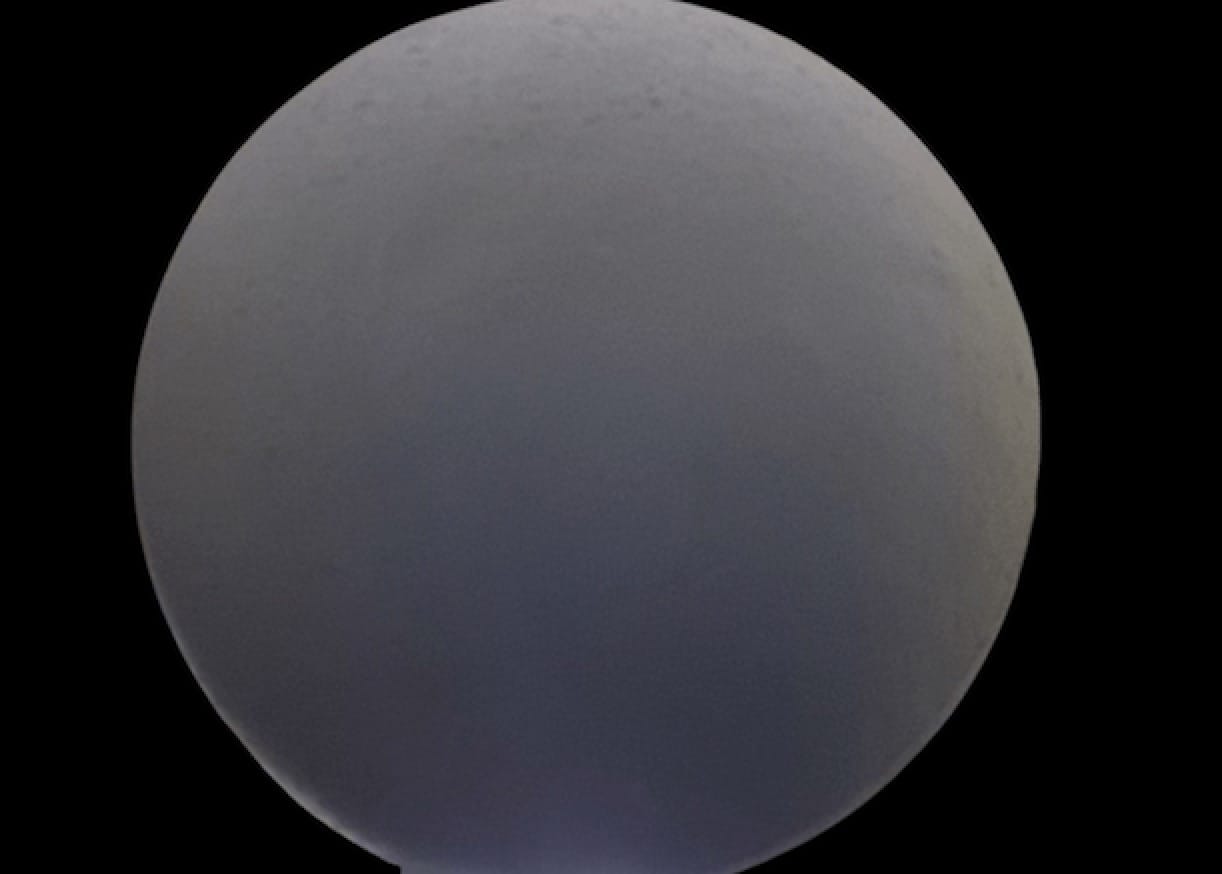
Waxing crescent
As you move counter-clockwise, notice that a small crescent forms on the ball on the right side. This is the crescent moon, and it's called "waxing" because we're about to see more of the moon. Degrees: 45.
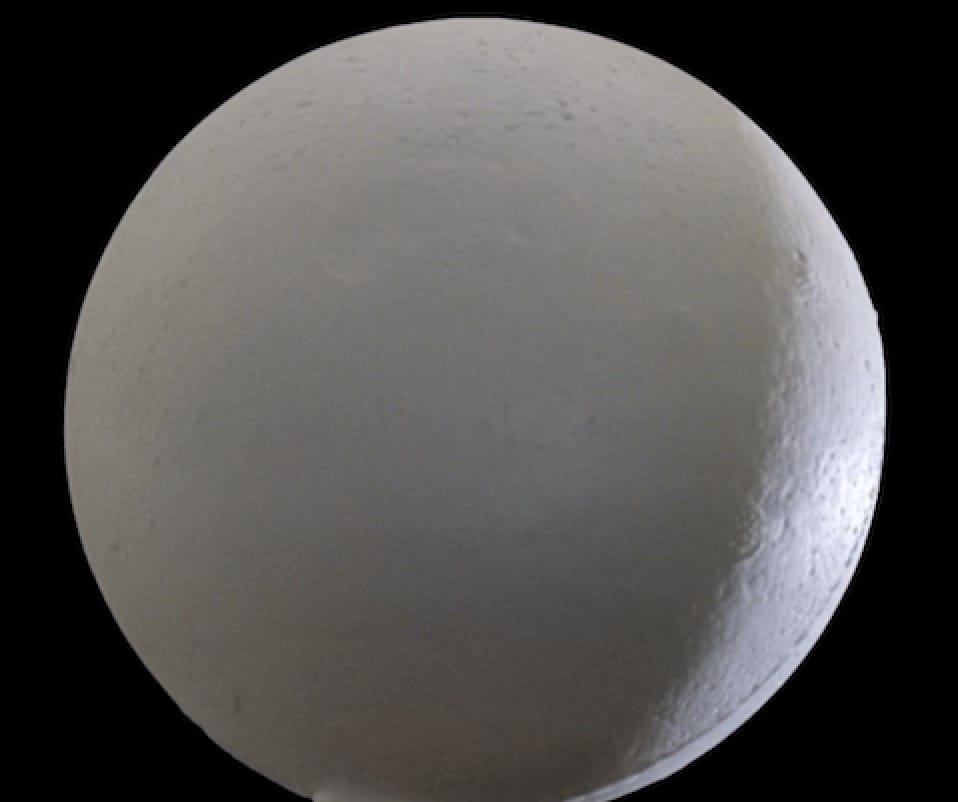
First quarter
Now turn to a full quarter, and you've arrived at your first quarter. The ball should now be half-lit. This is the half-moon. Degrees: 90.
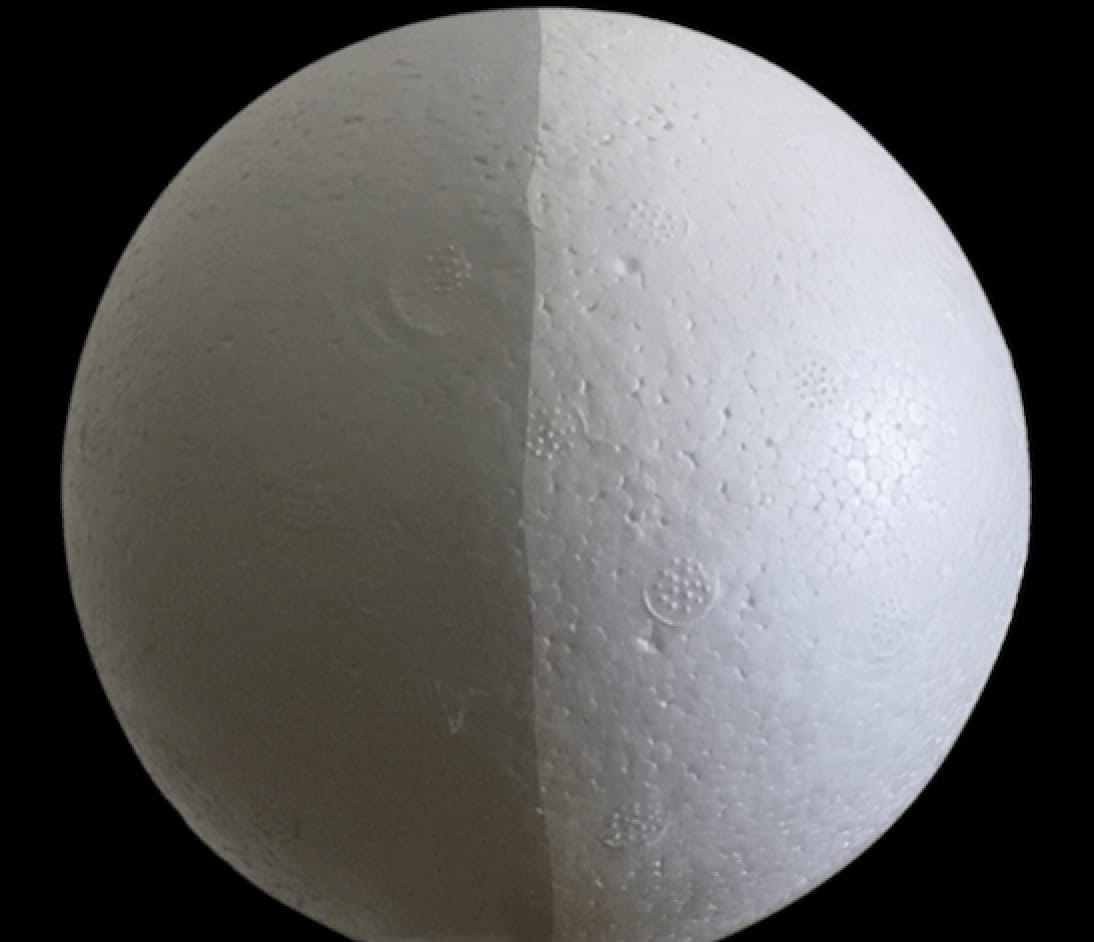
Waxing gibbous
As you turn more, more light floods onto the ball, and now you can see more of the moon. Degrees: 135.
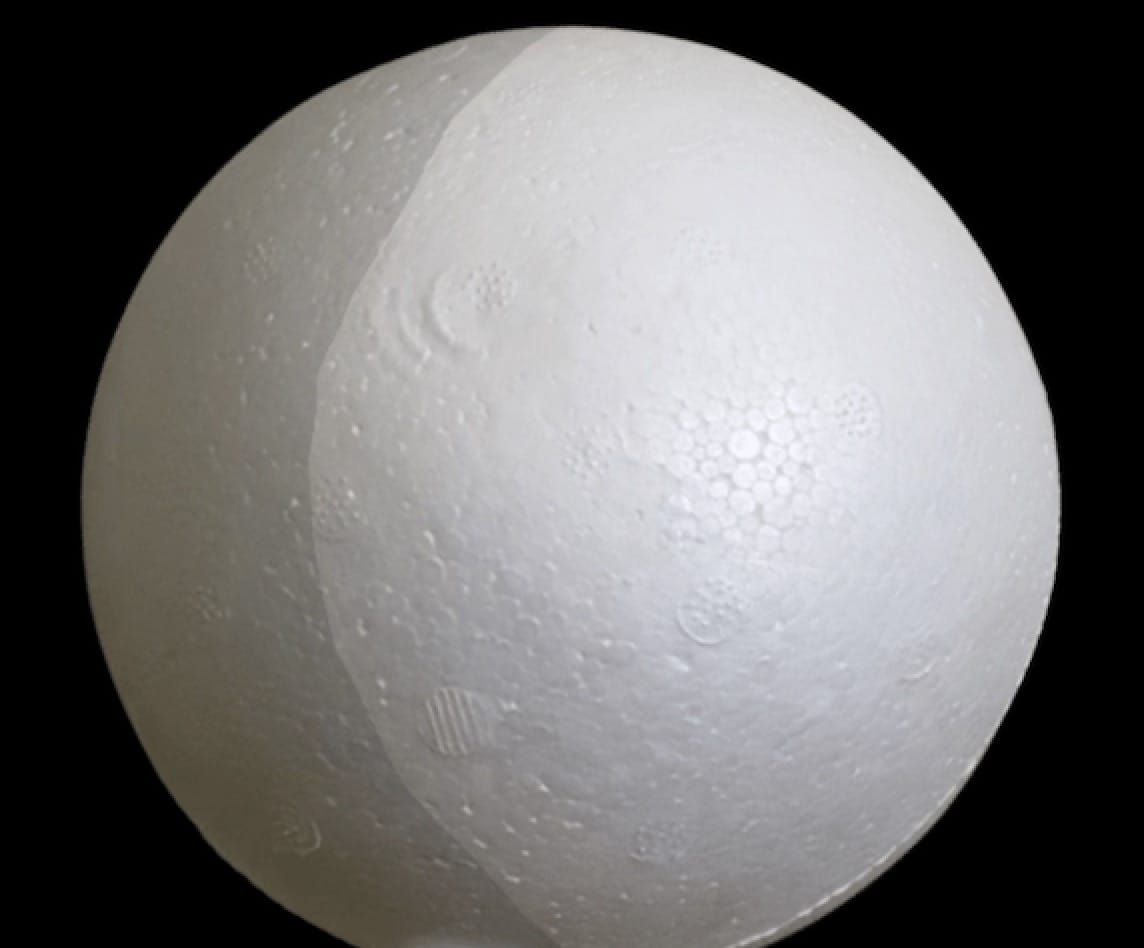
Full moon
The moon is now on the opposite side from where we started, and now we see the full face of the near side of the moon lighted up. Degrees: 180.
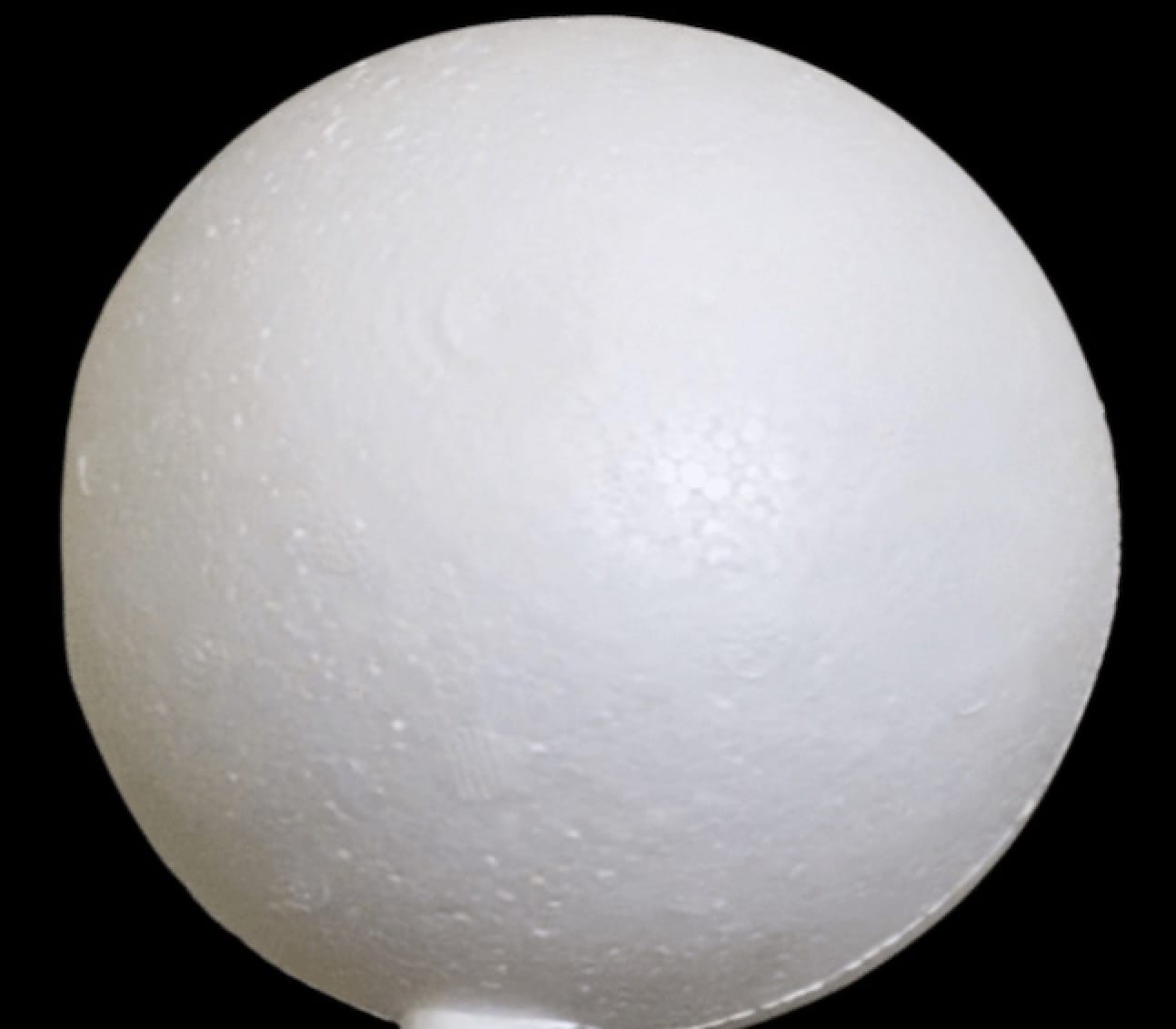
Waning gibbous
Now the moon's face begins to get "smaller" as you turn another 45 degrees counter-clockwise. Degrees: 225 degrees.
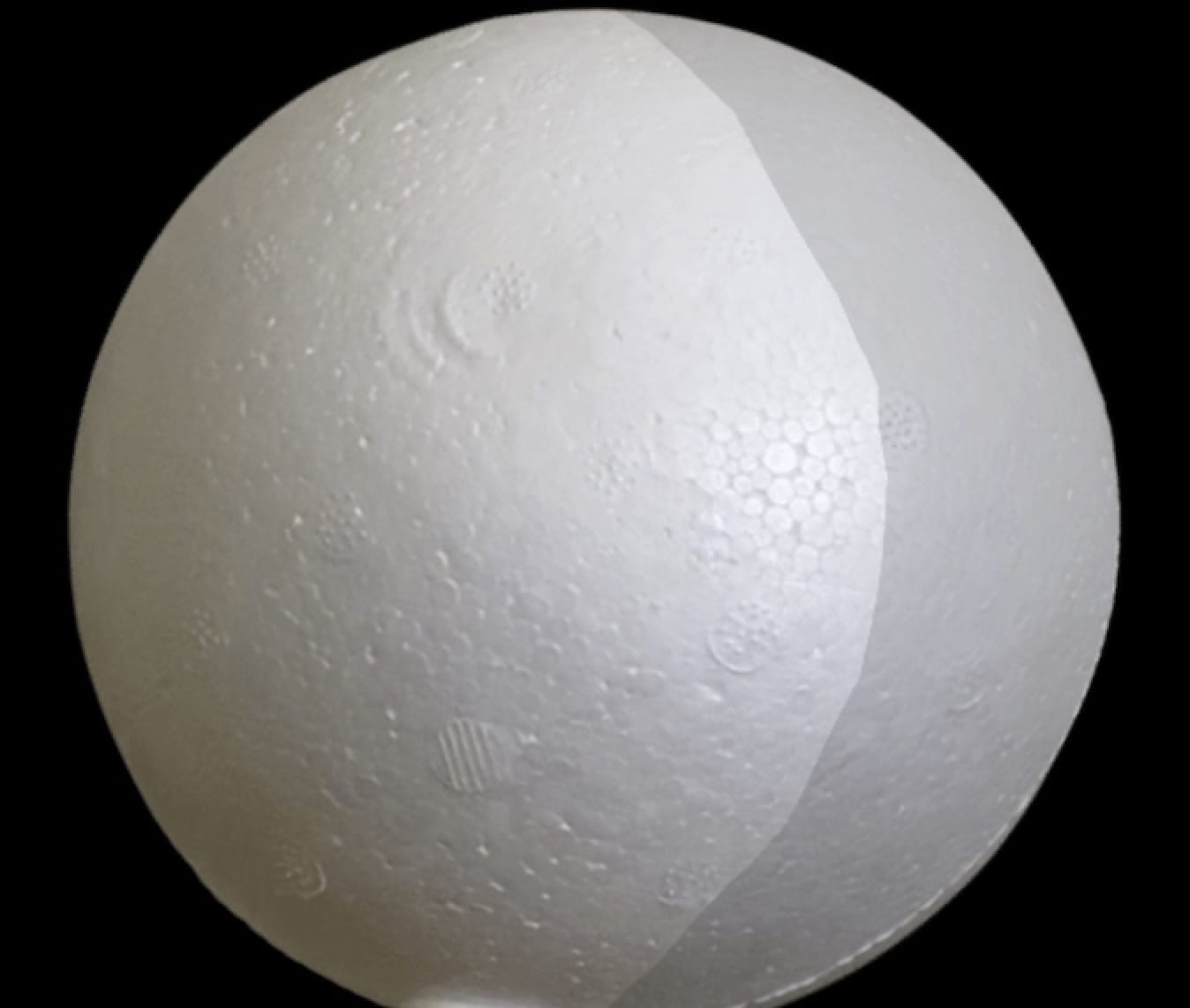
Last quarter
Two quarters done, we're on the last one, and now again you can see a half-moon, although this time, the left side of the moon is lit. Degrees: 270 degrees.
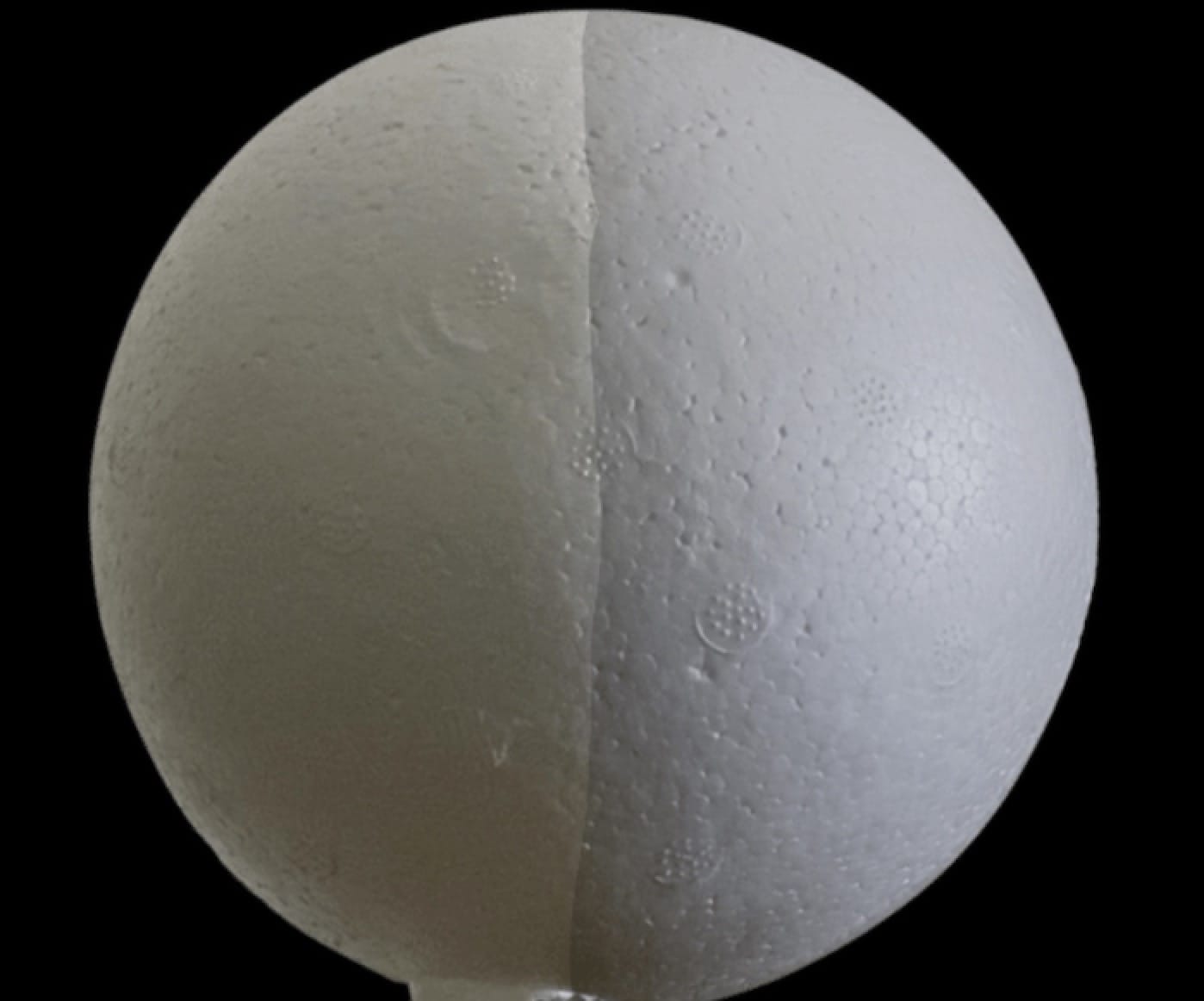
Waning crescent
As you turn another 45 degrees in the counter clock-wise direction, you can see that lovely crescent moon again. The moon's far side is all lit up, and we're only seeing a sliver from Earth. Degrees: 315 degrees.
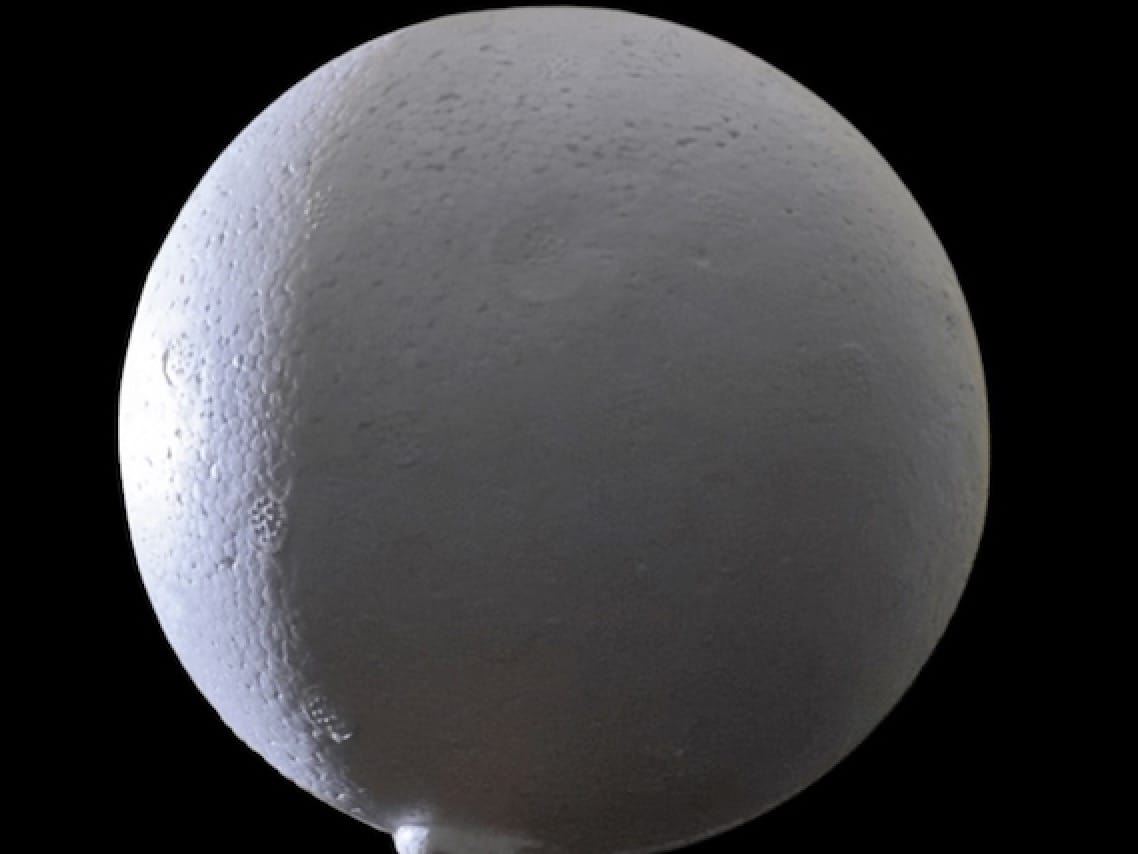
New moon
Turn another 45 degrees and you should be back where you started...and it's a new moon that will emerge again. Degrees: 360 degrees.
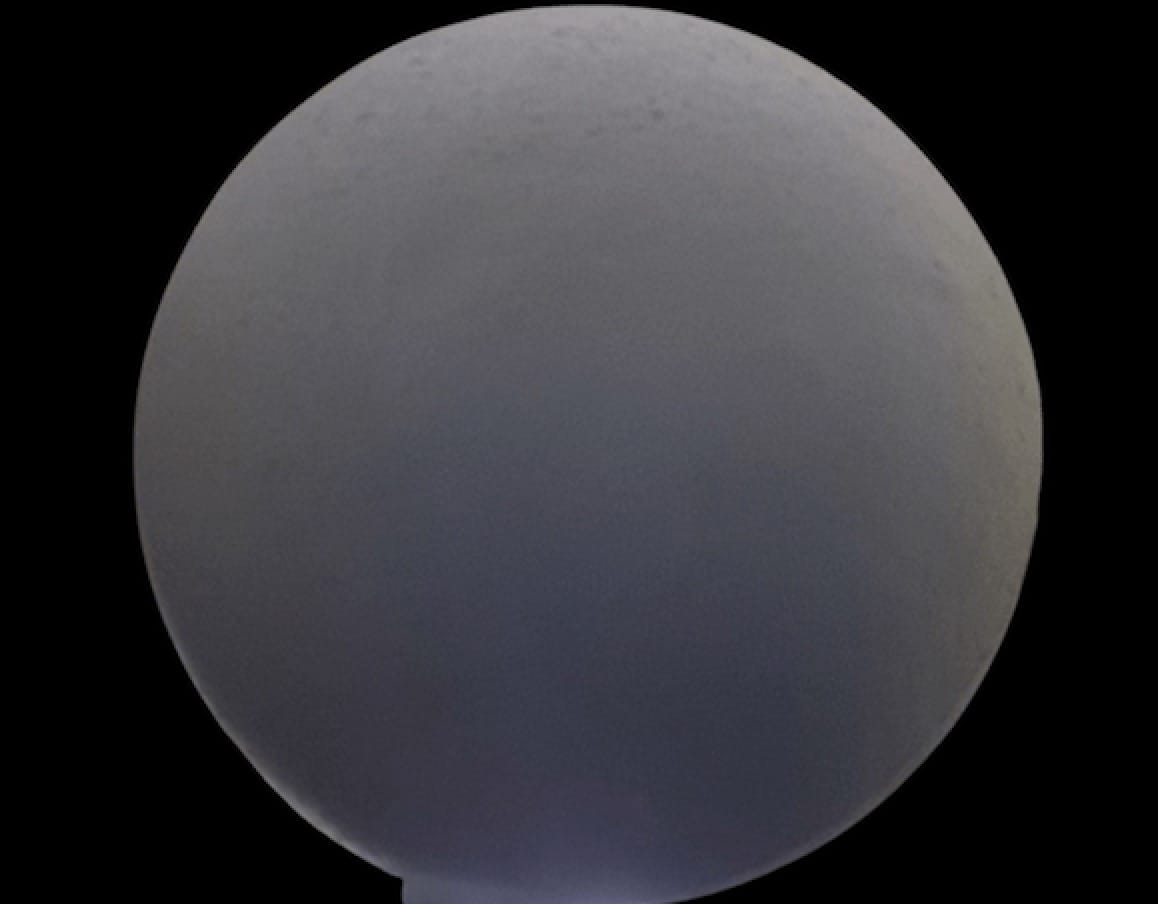
Keep Learning
